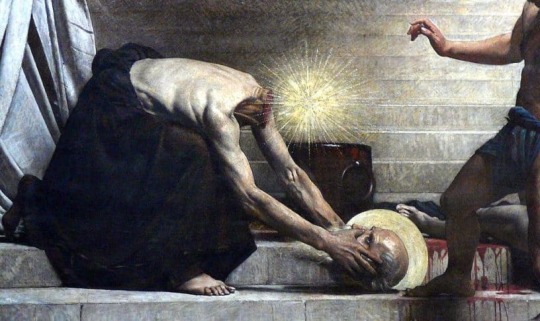

Food prices rose exponentially, so that during the famine, a quarter of wheat, beans, or peas sold for twenty shillings, where the same amount would have sold for five shillings only two years previously. Food in the Medieval Periodįood took on a near mythic value in medieval Europe after the Great Famine of 1315-1317, when a series of cool, rainy summers led to devastating crop failure across the continent. The Holy Anorexics were highly regarded as women of almost supernatural piety, and some were even canonized, or made into saints, for their dedication. Holy Anorexia (also known as Anorexia Mirabilis or “miraculous lack of appetite”) was a phenomenon that occurred among young women during the Middle Ages.

St Catherine Benincasa in 1373 to a Religious in Florence Holy Anorexia It saddens me greatly that I did not correct this weakness for love.” Ritchey’s attention to the spiritual theme of God’s infusion into, and hence redemption of, creation will be an important counter both to those who see the period as characterized by concentration on suffering and sacrifice and to those who emphasize discipline, even abuse, of the physical human body in its ascetic practice.“I say to you that many times, when I did what I could, then I look into myself to understand my infirmity and God who by a most singular mercy allowed me to correct the vice of gluttony. Among the important issues broached is the question-alive since Huizinga and tellingly explored recently by Thomas Lentes-of how literally medieval devotees took images (physical, textual, and mental).

Elsewhere the book tends to veer into discussions about gender and about the physical context of meditational practice that are relevant subjects but not treated with enough evidence to be sufficiently convincing. Those sections are thoughtfully done, focusing on passages scholars have overlooked, and they make an impressive contribution to the study of the literature of devotion. Ritchey’s book clearly began as a study of tree imagery in spirituality, and that theme is what ties its chapters together and accounts for its most perceptive parts. One wonders if it was a publisher’s imposition. Since the two most important forms of holy matter in the Christianity of the high Middle Ages were relics and the Eucharist-each scarcely mentioned here-the title is misleading. Based on detailed readings of a small number of mostly well-known texts, Ritchey’s Holy Matter argues that the re-creation of the world in Christ’s incarnation was a significant theme in piety from the twelfth to the later fourteenth century.


 0 kommentar(er)
0 kommentar(er)
